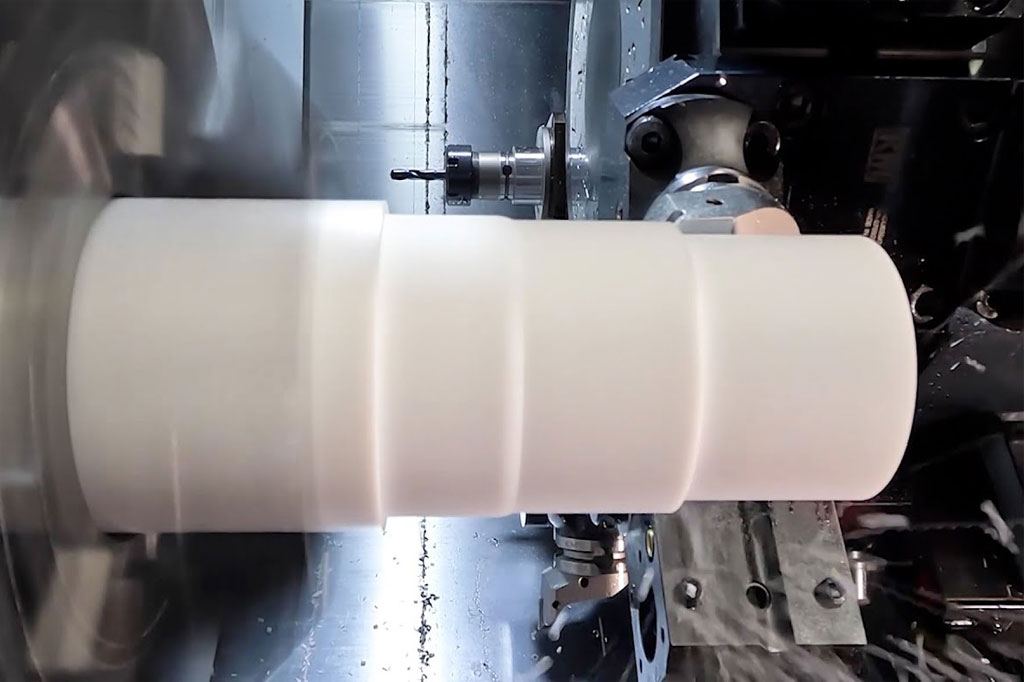In this article, we will explore 7 common different manufacturing methods for PTFE products, namely compression molding, ram extrusion, paste extrusion, isostatic molding, skiving, CNC machining, and injection molding. Each method is suited for different shapes, sizes, and complexities. We will discuss the processes involved, the pros and cons of each method, and the applications where they are commonly employed.
Compression Molding
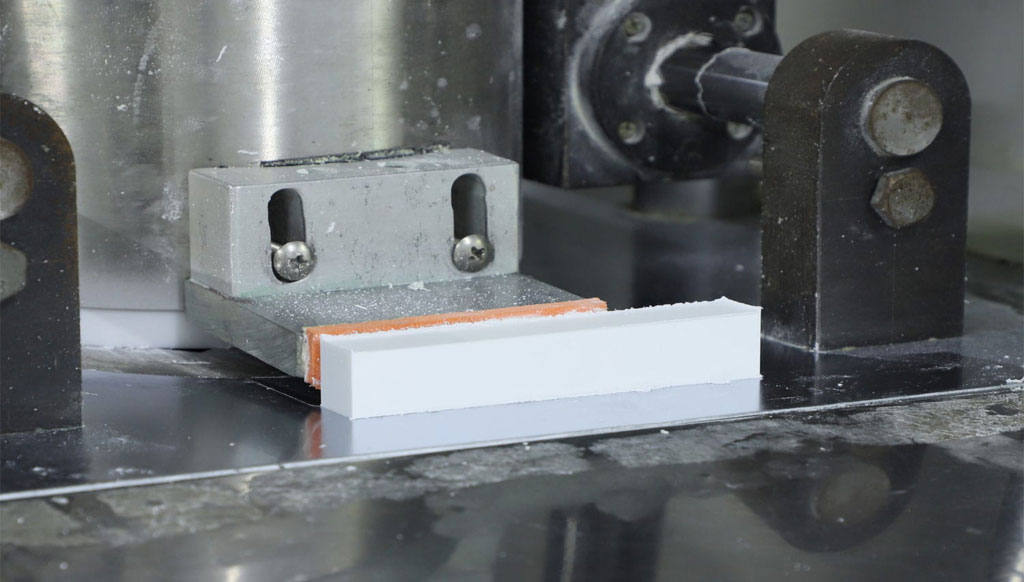
Compression molding is a commonly used manufacturing method for PTFE products. The process involves placing PTFE powder into a mold cavity and subjecting it to high pressure and temperature. The pressure and heat system make the PTFE powder fuse together and mold shape.
This method can produce PTFE products with complex shapes, high material utilization, excellent dimensional stability and cost-effectiveness. It is suitable for manufacturing products like seals, gaskets, bearings, and custom components.
Ram Extrusion
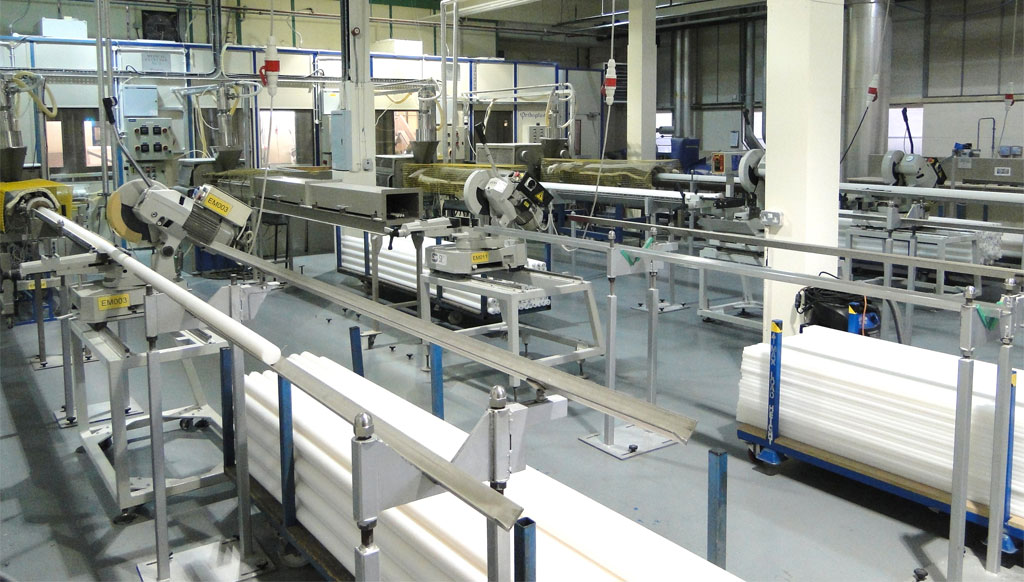
Ram extrusion is another commonly used method for manufacturing PTFE products, especially those with long lengths or continuous liner shapes such as PTFE rods and PTFE tubing.
In this method, PTFE resin powder is placed in a cylindrical barrel, and a ram exerts pressure to force the material through a die, resulting in the desired shape. The extruded PTFE is then cooled and cut into appropriate lengths.
Ram extrusion also has the advantage of precise control over the dimensions and surface finish of the final product.
Paste Extrusion
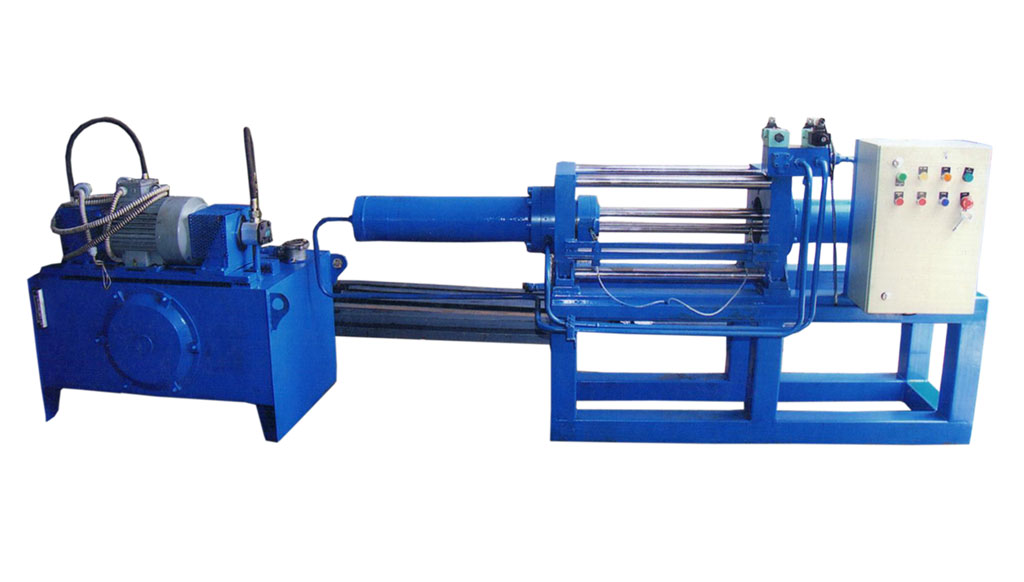
Paste extrusion is a specialized method used to manufacture PTFE products with extremely fine or intricate details, such as thin-walled tubing or small-diameter rods. In this process, PTFE powder is mixed with a liquid lubricant to form a paste-like consistency and then extruded through a die using a ram or piston.
Paste extrusion allows for the production of PTFE products with complex internal geometries, tight tolerances, and excellent surface finishes. It offers high material utilization and is capable of achieving thin-walled structures.
Isostatic Molding
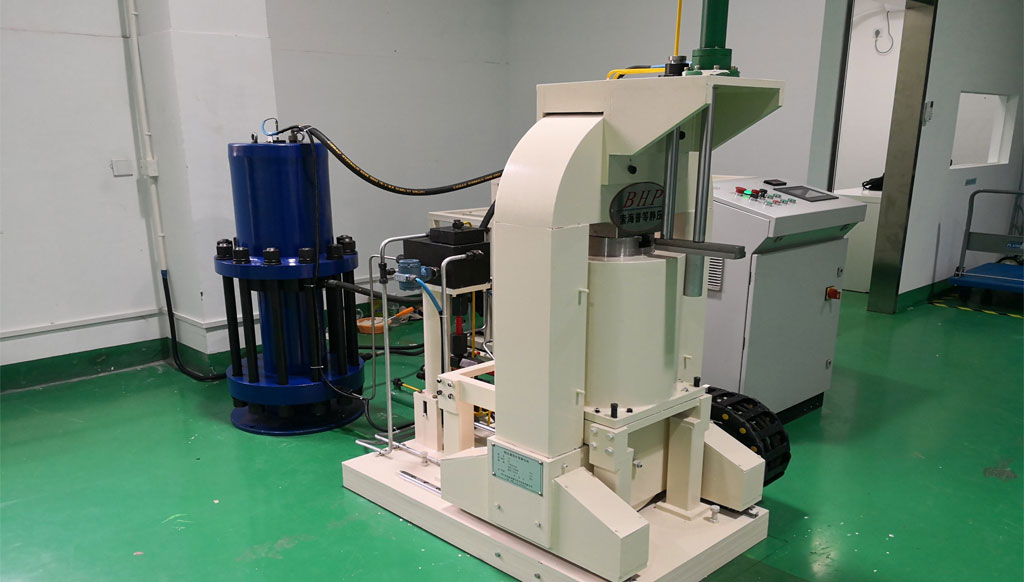
Isostatic molding, also known as cold isostatic pressing (CIP), is a method used to manufacture PTFE products with uniform density and improved mechanical properties. In this process, PTFE powder is placed into a flexible mold, usually made of rubber or elastomer, which is then subjected to high pressure from all directions using a fluid medium, typically water or oil. This pressure compacts the PTFE powder particles, resulting in a dense and uniform structure.
Isostatic molding is particularly suitable for producing large and intricate PTFE components, such as valves, seals, and gaskets. It provides exceptional mastery in maintaining dimensional accuracy and achieving a refined surface finish. However, this method may be more time-consuming and require additional post-processing steps, such as sintering or machining, to achieve the final desired shape.
Skiving
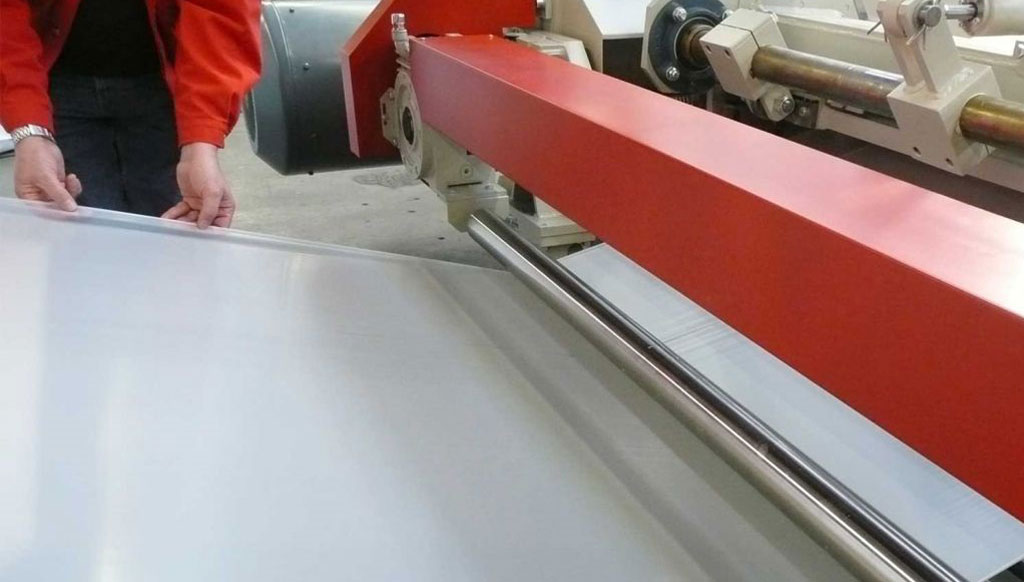
Skiving is a subtractive manufacturing method used to produce thin, flat PTFE sheets or films with precise thickness tolerances. It involves the removal of thin layers from a solid PTFE block or billet to achieve the desired thickness.
In this process, a PTFE billet or sheet is mounted on a rotating mandrel, and a knife blade is used to peel off thin layers of material from the surface. The blade is advanced along the surface of the block, removing a thin layer of material with each pass. Skiving allows for the production of PTFE sheets with thicknesses as low as 0.001 inches.
CNC Machining
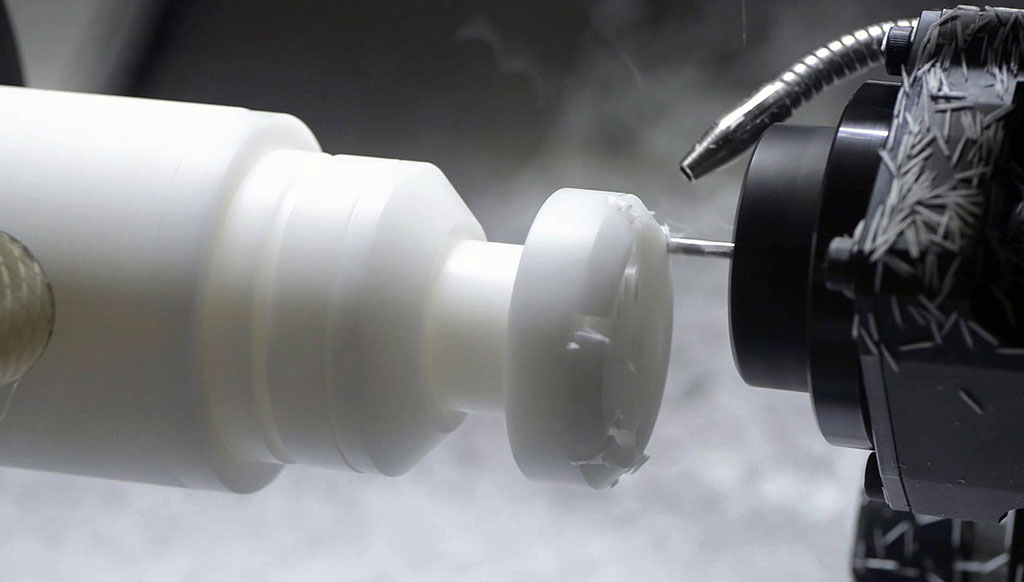
CNC (Computer Numerical Control) machining is a subtractive method used to manufacture PTFE products with complex geometries and precise dimensional control, such as bushings, bearings, and valve seats.
The process employs cutting tools, such as drills, mills, and lathes, to remove material and create the desired shape with high precision and accuracy.
CNC machining allows for the production of highly complex PTFE parts with tight tolerances. However, it may not be as cost-effective for high-volume production compared to other methods like compression molding or extrusion.
Injection Molding
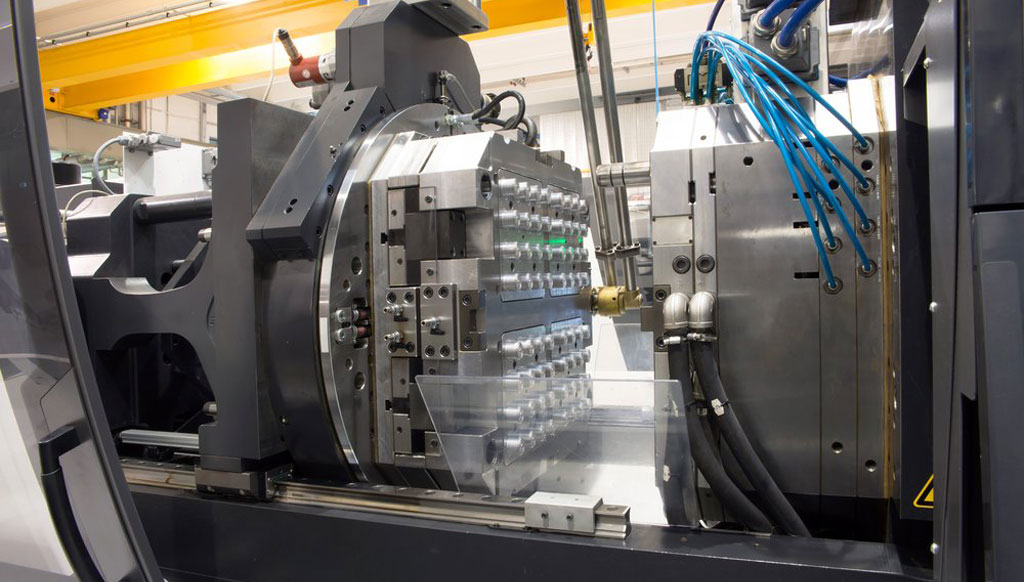
Injection molding is a method for high production output of intricate PTFE products. The process involves melting PTFE resin pellets and then injecting them into a mold cavity under high pressure. After cooling and solidification, the molded PTFE product is ejected from the mold. It is commonly used for manufacturing PTFE parts such as seals, O-rings, valve seats, and connectors.
It offers fast production cycles, high repeatability, and the ability to produce PTFE parts with complex shapes. It is a cost-effective method for high-volume production, ensuring consistent part quality and excellent surface finishes.
Conclusion
From compression molding to injection molding, each PTFE manufacturing method offers unique advantages depending on the desired product characteristics and production requirements.
- Compression molding provides excellent control over dimensions and mechanical properties.
- Ram extrusion and paste extrusion are suitable for producing rods, tubes, and complex geometries.
- Isostatic molding ensures uniform density and high strength.
- Skiving allows for the production of thin sheets with precise thicknesses.
- CNC machining offers high precision and versatility.
- Injection molding enables the efficient production of complex PTFE parts in large volumes.

